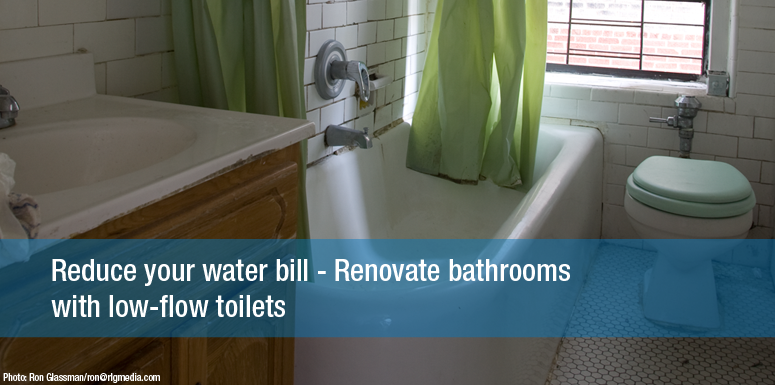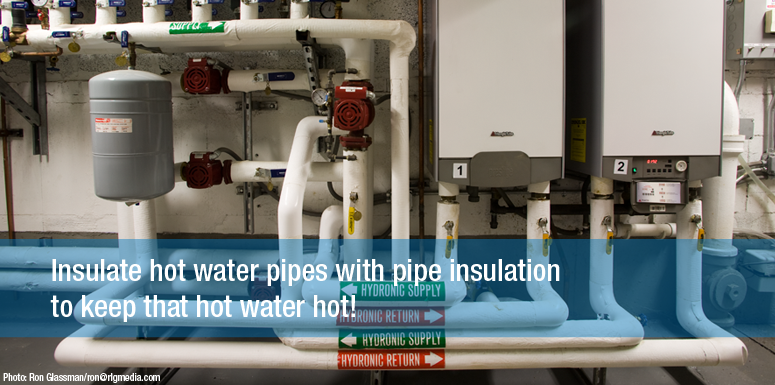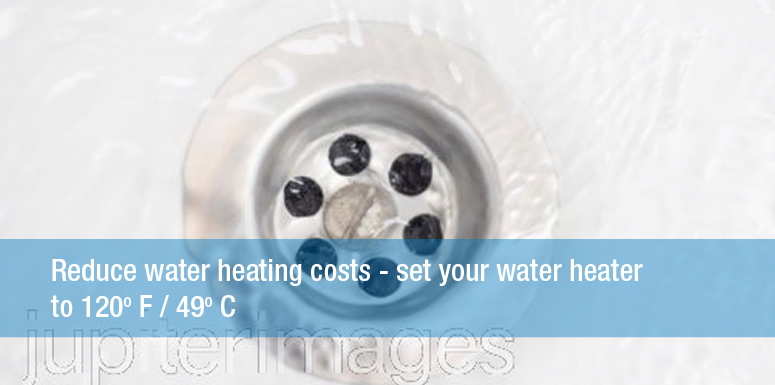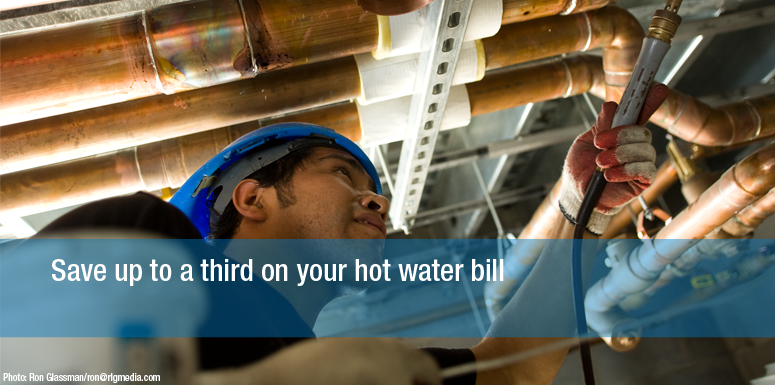Save up to a third on your hot water bill with a condensing water heater
![]() Save up to a third on your hot water bill with a gas condensing water heater. It works by exploiting the waste heat created when burning heating fuel to boost the water heater’s efficiency. Separate hot water systems can potentially save a lot, gas or oil. The typical NYC multifamily building uses 40% of its heating fuel to make hot water. More efficient hot water generation is needed in all buildings.
Save up to a third on your hot water bill with a gas condensing water heater. It works by exploiting the waste heat created when burning heating fuel to boost the water heater’s efficiency. Separate hot water systems can potentially save a lot, gas or oil. The typical NYC multifamily building uses 40% of its heating fuel to make hot water. More efficient hot water generation is needed in all buildings.
http://www.energystar.gov/index.cfm?fuseaction=find_a_product.showProductGroup&pgw_code=WHC














 Hot Water and Heating
Hot Water and Heating